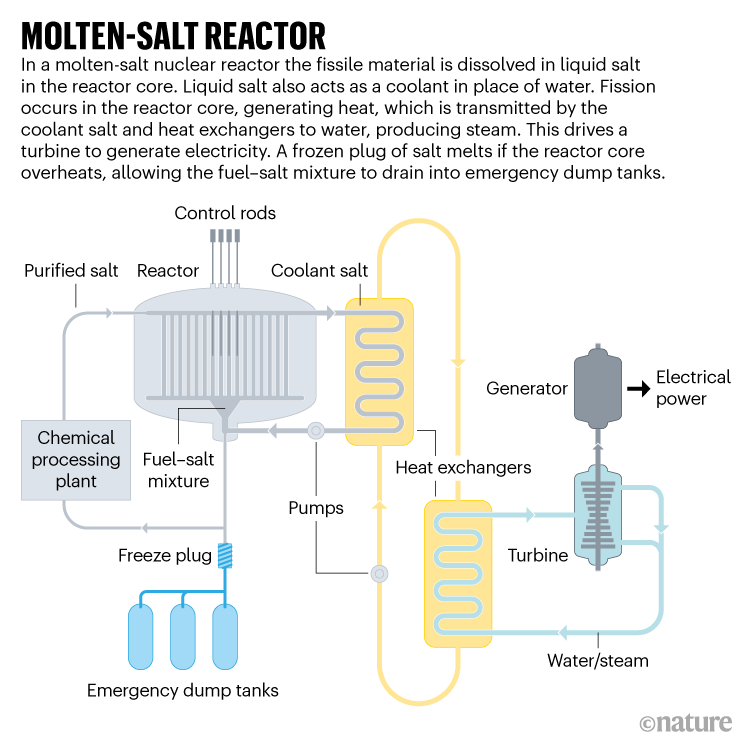The dazzling lights were seen from the southern coastal city of Acapulco all the way to the capital Mexico City.
By Jeff Ernst

DAMAGES ARE SEEN AFTER AN EARTHQUAKE IN ACAPULCO, STATE OF GUERRERO, MEXICO, ON SEPTEMBER 7, 2021. PHOTO BY JESUS ESPINOSA/XINHUA VIA GETTY IMAGES.
As the ground shook across Mexico this week due to a 7.0 magnitude earthquake, mysterious blue and red flashes of light illuminated the sky, drawing comparisons on social media with a biblical apocalypse and frightening the masses who’d taken to the streets for safety.
The dazzling lights, which appeared during the quake on September 7 as though they were shot from the ground like fireworks, were observed from the southern coastal city of Acapulco, near the quake’s epicenter, all the way to the capital Mexico City, roughly 200 miles away.
The exact cause of the luminous display is debated by scientists.
Among the most prominent theories is that the flashes are an example of what’s commonly known as earthquake lights, or EQL. Instances of this phenomenon have been recorded for hundreds of years, in some cases occurring in the hours and minutes before noticeable seismic activity.
For centuries earthquake lights were dismissed as folktales or illusions, but in recent decades, with the advent of video cameras for surveillance or on smartphones, more evidence that suggests their existence has led scientists to take a closer look.
Differing hypotheses regarding the cause of the phenomenon have been proposed, “including the disruption of the Earth's magnetic field by tectonic stress and the so-called piezoelectric effect, in which quartz-bearing rocks produce voltages when compressed in a certain way.”
A study published in 2014, however, theorizes that the lights occur when seismic activity causes certain kinds of rocks to release energy, which can manifest itself in short, blue flames that emerge from the ground, spheres of energy resembling ball lightning that can hover in the air for seconds to minutes, or the bright flashes of light that shoot out from the ground and appear to be what was observed in Mexico.
Since the kinds of rocks that produce earthquake lights only exist in certain environments, occurrences are rare. Following a devastating 8.1 magnitude earthquake in Mexico that hit four years before the most recent one, similar lights were observed.
Still, many remain skeptical, including the United States Geological Survey, which noted tha
“Geophysicists differ on the extent to which they think that individual reports of unusual lighting near the time and epicenter of an earthquake actually represent EQL: some doubt that any of the reports constitute solid evidence for EQL, whereas others think that at least some reports plausibly correspond to EQL.”
Others suggest that the lights seen in the sky over Mexico were caused by electrical shortages and the explosion of transformers along the grid, or even regular lightning. It’s also possible that there were shortages, lightning and earthquake lights combining to produce the spectacular show. Further study will be necessary to come to a definitive conclusion.
Meanwhile, many in Mexico are on edge wondering if another earthquake could hit before the month’s end. An unusual amount of seismic activity has occurred in September, including many of the most notorious quakes in the country’s history. The coincidence has led to much speculation, and a torrent of memes, but there is no scientific reason for why earthquakes would occur at a certain point of the year.
Piezoelectricity |
|---|
Experts say these bursts of light are linked to the energy released during the tremor
/cloudfront-eu-central-1.images.arcpublishing.com/prisa/GD3TV24IYLZ2ZQKRD6Y2SAMYAM.jpg)
ALMUDENA BARRAGÁN
México - 09 SEP 2021 - 10:09 MDT
A 7.1 magnitude earthquake shook central Mexico on Tuesday night, leaving at least one person dead and significant damage in Acapulco, in Guerrero State. But the earthquake also roused terror for another reason: huge flashes of blue light in the sky known as “earthquake lights.” Experts interviewed by this newspaper say the phenomenon is caused by the release of energy before, during and after the tremor, and the flashes can be triggered by seismic activity and volcanic eruptions.
”The interaction between motion on the ground and the atmosphere is real,” said Víctor Manuel Cruz, a seismologist at the Institute of Geophysics of the National Autonomous University of Mexico (UNAM). “Records show that an earthquake can produce dynamic disturbances and electromagnetic signals,” he added.
In the middle of the rainy night, many confused the flashes for lightning or electrical system failures. Although science has not offered a conclusive explanation for this phenomenon, most cite the release of energy during an earthquake. This might be linked to a phenomenon known as triboluminescence, where materials release light when they are rubbed, stretched or otherwise manipulated.
When a seismic wave hits the ground, the friction generated in some rock types such as basalt can cause electrical currents on its surface, which are then forcefully expelled. At that moment, the light show in the sky appears. The range of colors is not only limited to blue but also violet and white, just like electrical currents, historical records show. Specialists say that these lights, just like the production of water vapor in certain areas of the Earth’s surface, can be one way of predicting an earthquake weeks in advance.
On September 7, 2017, Mexico’s largest earthquake in the last 100 years hit the country. The magnitude 8.2 tremor killed 100 people and injured dozens more. Another quake shook Mexico City on September 19, 2017, killing 300, on the same day as in 1985 that an earthquake killed more than 10,000 people.
This latest quake on September 7 occurred at the limit of what is known as the seismic gap of Guerrero. Could another quake happen on September 19? “The probability of two earthquakes occurring on the same day with a magnitude greater than 7 is very unlikely,” Cruz said, “but it can happen, as we have already seen.” In 2017, EL PAÍS published a study calculating the probability – or rather, improbability – of experiencing a similar earthquake on another September 19. The result yielded a one in 74 chance. History, unfortunately, sometimes repeats itself.
















